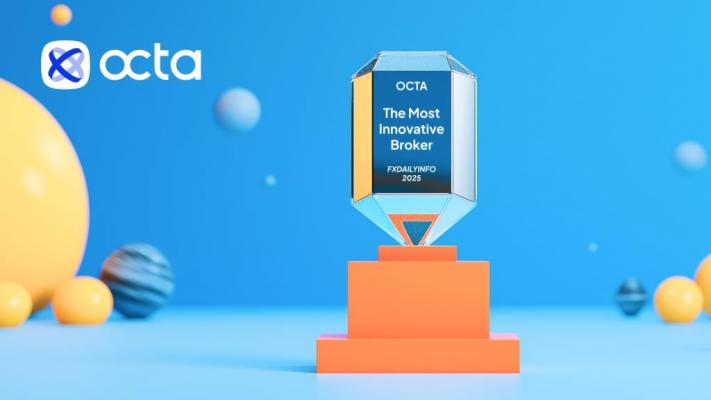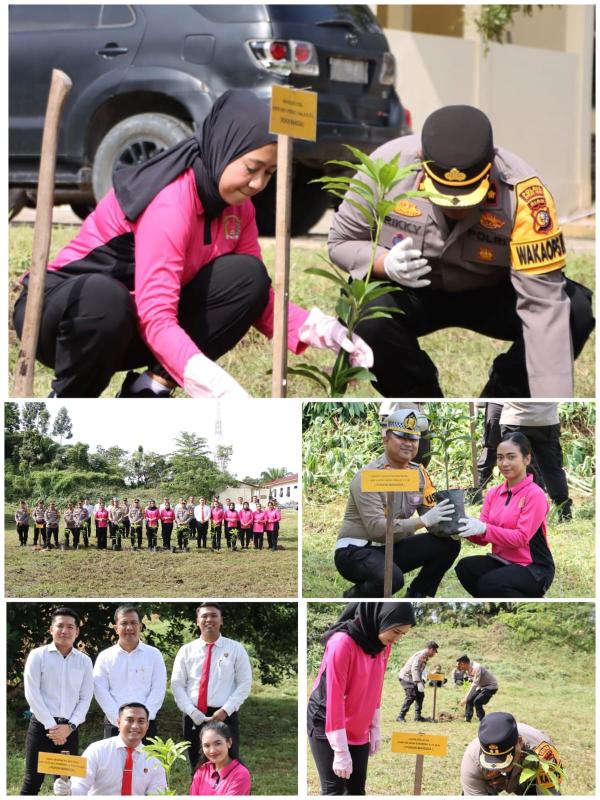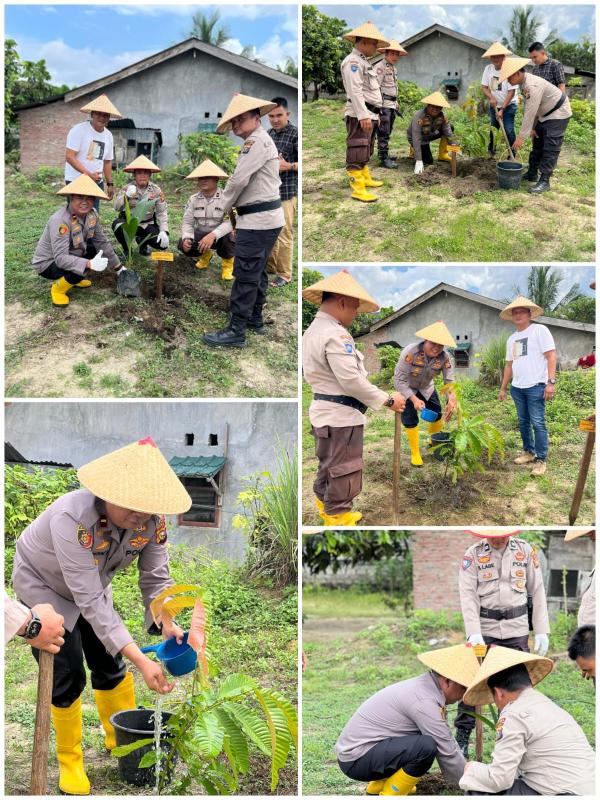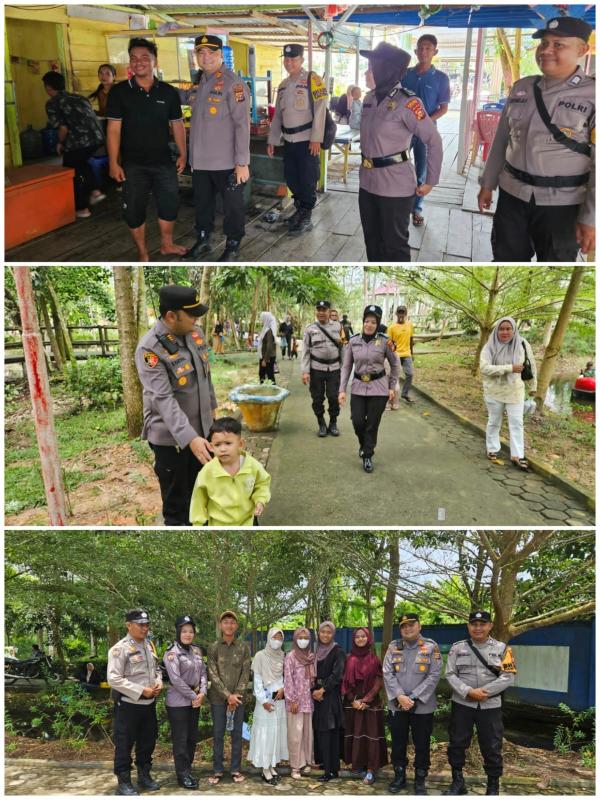- Home
- MediaOutReach
- Trend Micro Customers Lower Cyber Risk Scores Through Proactive Security
Trend Micro Customers Lower Cyber Risk Scores Through Proactive Security
Senin, 07 April 2025 | 15:54
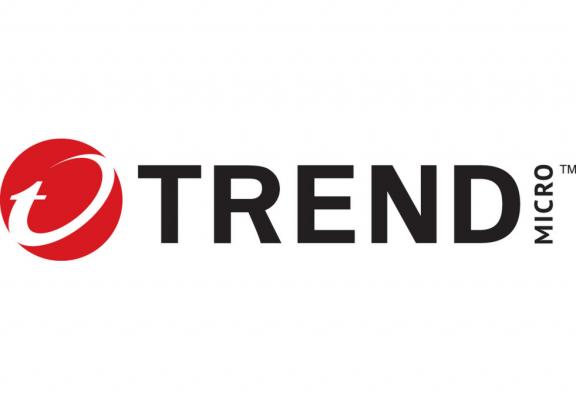
HONG KONG SAR -
Media OutReach Newswire - 7 April 2025 –
Trend Micro Incorporated (TYO: 4704; TSE: 4704),
a global cybersecurity leader, today revealed a continued annual
decline in its Cyber Risk Index (CRI) score,* the figure stood at an
average of 38.4 for the year, down by 6.2 points from 2023. The data
shows a clear trend that organizations leveraging proactive security
approaches are seeing measurable risk reduction.
To read the Trend 2024 Cyber Risk Report, please visit:
https://www.trendmicro.com/vinfo/hk/security/news/threat-landscape/trend-2025-cyber-risk-report
Rachel Jin, chief enterprise platform officer at Trend Micro: "Trend customers are embracing our vision for proactive security by using the AI-powered Trend Vision OneTM Cyber Risk Exposure Management to identify risk and prioritize mitigations. By getting on the front foot, they can build resilience, rapidly contain threats, and become more time and resource-efficient. It's an approach that any organization can emulate with the right mindset and tooling."
The CRI score declined each month throughout the year, from 42.5 in February to 36.3 in December. While organizations remain in the Medium Risk zone, the continued decline in CRI scores reflects real progress in cyber risk reduction. It highlights a growing shift toward continuous security assessment and risk-based decision-making.
Among the highlights from this year's report are:
Most risky events: Risky cloud app access came top, followed by "stale Microsoft Entra ID account." Rounding out the top 10 were email, user account and credential-related risks; many of them misconfiguration-related. Over one billion organizations were logged with multi-factor authentication disabled on Entra ID Accounts, highlighting a clear need for enhanced, automated identity security.
Average Mean Time to Patch (MTTP): The top detected and unpatched CVEs from 2024 were "high severity" Elevation of Privilege (EoP) vulnerabilities published in the first half of the year. Europe (23.5 days) and Japan (27.5 days) recorded the fastest MTTP of any region, while non-profits (19 days) and the technology sector (22 days) were the fastest verticals. Healthcare (41.5 days) and telecoms (38 days) were slowest. Trend offers virtual patches to protect customers on average three months before official vendor updates.
Industry breakdown: Education, agriculture and construction had the highest CRI in 2024, singling them out as the most exposed sectors.
Regional breakdown: Europe was the most improved region, recording a seven-point CRI reduction—possible as a result of regulatory pressure from NIS2 and DORA. The Americas and AMEA have room to improve, while Japan maintained the lowest average (34.3).
Ransomware: LockBit, RansomHub, and Play ransomware were responsible for the highest number of reported breaches in 2024. According to Trend research, organizations with a CRI above average are around 12 times more likely to suffer a ransomware breach than those below average.
AI: The report highlighted AI-assisted deepfake phishing, virtual kidnapping scams, and automated reconnaissance as key emerging AI threats. However, AI can also empower network defenders to better predict and prevent cyberattacks, such as via the industry-first security LLM Trend Cybertron.
To further lower their CRI, Trend urges global organizations to embrace a proactive security approach by:
*Trend Vision One Cyber Risk Exposure Management uses its risk event catalog to formulate a risk score for each asset type and an index score for organizations. It does this by multiplying an asset's attack, exposure, and security configuration by asset criticality. The result is an integer between zero and 100 that falls into one of three levels: Low Risk (0-30), Medium Risk (31-69) and High Risk (70-100).
https://www.trendmicro.com
https://www.linkedin.com/in/trend-micro-hong-kong-96353768/
https://x.com/trendmicro
https://www.facebook.com/tmhk1989/
To read the Trend 2024 Cyber Risk Report, please visit:
https://www.trendmicro.com/vinfo/hk/security/news/threat-landscape/trend-2025-cyber-risk-report
Rachel Jin, chief enterprise platform officer at Trend Micro: "Trend customers are embracing our vision for proactive security by using the AI-powered Trend Vision OneTM Cyber Risk Exposure Management to identify risk and prioritize mitigations. By getting on the front foot, they can build resilience, rapidly contain threats, and become more time and resource-efficient. It's an approach that any organization can emulate with the right mindset and tooling."
The CRI score declined each month throughout the year, from 42.5 in February to 36.3 in December. While organizations remain in the Medium Risk zone, the continued decline in CRI scores reflects real progress in cyber risk reduction. It highlights a growing shift toward continuous security assessment and risk-based decision-making.
Among the highlights from this year's report are:
Most risky events: Risky cloud app access came top, followed by "stale Microsoft Entra ID account." Rounding out the top 10 were email, user account and credential-related risks; many of them misconfiguration-related. Over one billion organizations were logged with multi-factor authentication disabled on Entra ID Accounts, highlighting a clear need for enhanced, automated identity security.
Average Mean Time to Patch (MTTP): The top detected and unpatched CVEs from 2024 were "high severity" Elevation of Privilege (EoP) vulnerabilities published in the first half of the year. Europe (23.5 days) and Japan (27.5 days) recorded the fastest MTTP of any region, while non-profits (19 days) and the technology sector (22 days) were the fastest verticals. Healthcare (41.5 days) and telecoms (38 days) were slowest. Trend offers virtual patches to protect customers on average three months before official vendor updates.
Industry breakdown: Education, agriculture and construction had the highest CRI in 2024, singling them out as the most exposed sectors.
Regional breakdown: Europe was the most improved region, recording a seven-point CRI reduction—possible as a result of regulatory pressure from NIS2 and DORA. The Americas and AMEA have room to improve, while Japan maintained the lowest average (34.3).
Ransomware: LockBit, RansomHub, and Play ransomware were responsible for the highest number of reported breaches in 2024. According to Trend research, organizations with a CRI above average are around 12 times more likely to suffer a ransomware breach than those below average.
AI: The report highlighted AI-assisted deepfake phishing, virtual kidnapping scams, and automated reconnaissance as key emerging AI threats. However, AI can also empower network defenders to better predict and prevent cyberattacks, such as via the industry-first security LLM Trend Cybertron.
To further lower their CRI, Trend urges global organizations to embrace a proactive security approach by:
- - Optimizing security settings to maximize product features and get alerts on misconfigurations, vulnerabilities, and other risks. And leveraging native sensors/third-party sources to build a comprehensive view of the attack surface.
- - Contacting the device and/or account owner when a risky event has been detected to verify and investigate using the Vision One Workbench search function.
- - Inventorying stale accounts to delete inactive and unused ones, disabling risky accounts, resetting passwords with strong credentials, and enabling multi-factor authentication (MFA).
- - Applying the latest patches or upgrading application/OS versions regularly
*Trend Vision One Cyber Risk Exposure Management uses its risk event catalog to formulate a risk score for each asset type and an index score for organizations. It does this by multiplying an asset's attack, exposure, and security configuration by asset criticality. The result is an integer between zero and 100 that falls into one of three levels: Low Risk (0-30), Medium Risk (31-69) and High Risk (70-100).
https://www.trendmicro.com
https://www.linkedin.com/in/trend-micro-hong-kong-96353768/
https://x.com/trendmicro
https://www.facebook.com/tmhk1989/
BERITA LAINNYA
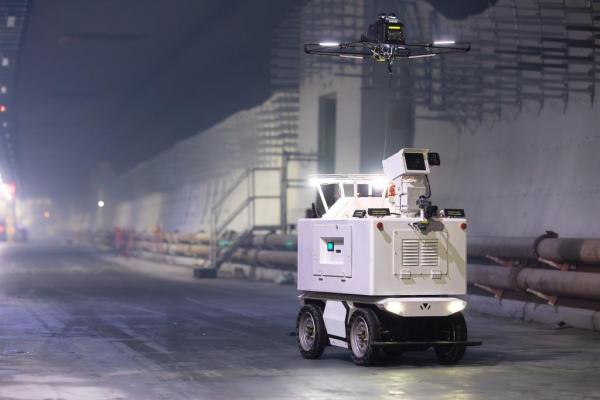
Senin, 07 April 2025 | 15:56

Senin, 07 April 2025 | 15:54
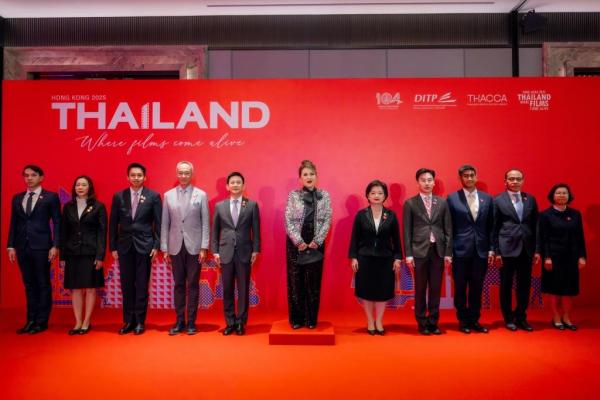
Senin, 07 April 2025 | 13:18

Senin, 07 April 2025 | 13:17

Senin, 07 April 2025 | 13:15

Senin, 07 April 2025 | 13:13

Minggu, 06 April 2025 | 21:43

Sabtu, 05 April 2025 | 11:48

Sabtu, 05 April 2025 | 11:47




